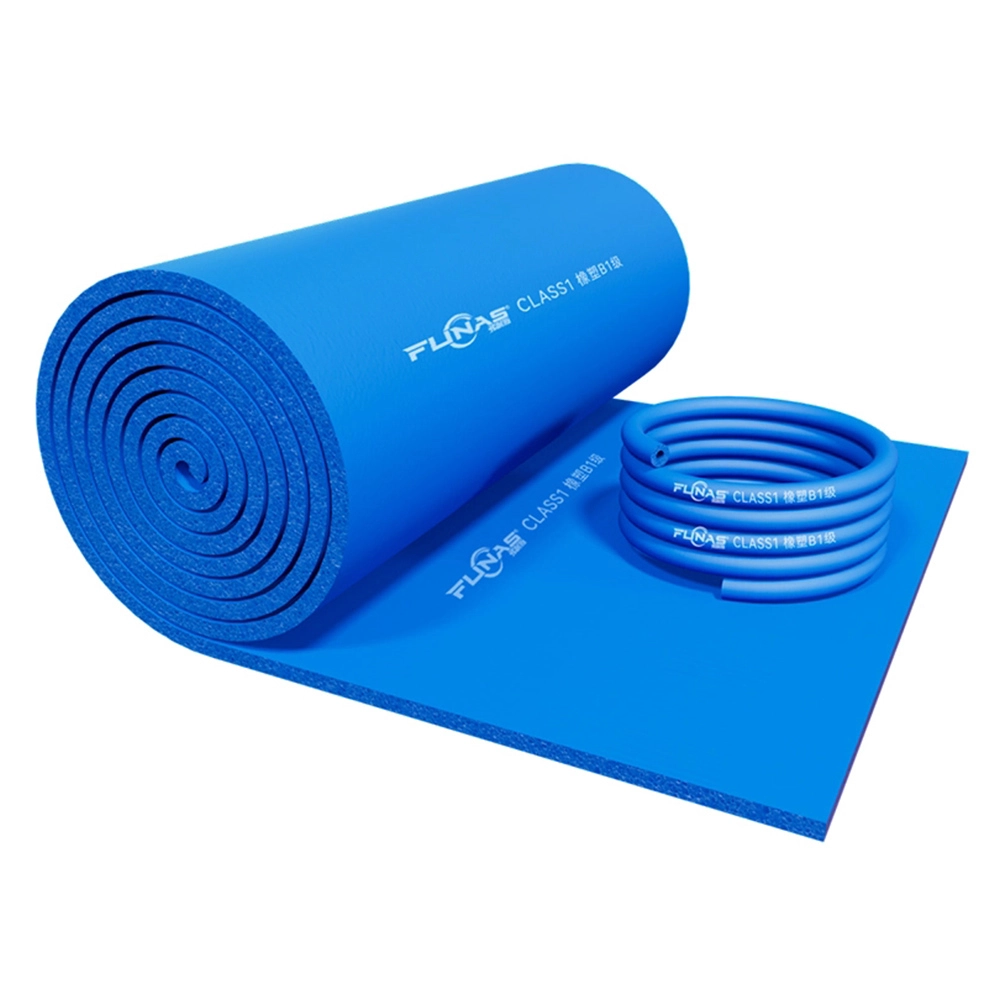Foam vs. Fiberglass Pipe Insulation: Which is Best? | FUNAS
# Foam vs. Fiberglass: Which Insulation Material is Right for Your Pipes?
Introduction
Pipe insulation is a crucial aspect of maintaining efficient energy use and protecting systems in various industrial and commercial settings. When choosing between foam and fiberglass insulation, professionals must consider factors like thermal performance, moisture resistance, installation ease, and cost-effectiveness. Let's explore the two popular forms of pipe insulation to help you make an informed decision.
Foam Pipe Insulation
Foam pipe insulation is typically made from materials like polyethylene or rubber, offering several benefits:
Advantages
1. Excellent Moisture Resistance: Foam materials are often closed-cell, providing superior protection against moisture infiltration. This makes foam an ideal choice for environments prone to condensation or moisture exposure.
2. Easy Installation: Foam insulation is lightweight and flexible, making it simple to cut and fit around pipes. It often comes with a slit and adhesive backing, which reduces installation time.
3. Good Thermal Performance: Foam insulation offers reliable thermal resistance, helping to maintain temperature while reducing energy usage.
Disadvantages
1. Limited Temperature Range: Foam is less effective at higher temperatures compared to fiberglass, making it less suitable for applications where the temperature exceeds its threshold.
2. Susceptibility to UV Damage: Foam insulation can degrade when exposed to sunlight, requiring additional protective coatings if used outdoors.
Fiberglass Pipe Insulation
Fiberglass insulation, made from fine strands of glass, is another widely used material:
Advantages
1. High Temperature Resistance: Fiberglass handles a wider range of temperatures, making it suitable for high-temperature applications.
2. Fire Resistance: It is non-combustible, providing additional safety benefits in specific environments.
3. Acoustic Insulation: Fiberglass can also help reduce noise from pipes, beneficial in commercial and industrial settings.
Disadvantages
1. Moisture Absorption: Fiberglass is more prone to absorb moisture, which can reduce its insulating properties and lead to mold growth if not properly protected.
2. Complex Installation: It requires careful handling and additional protective gear during installation due to the irritation fibers can cause to skin and lungs.
Conclusion
Choosing the right pipe insulation material depends on the specific needs of the application. Foam insulation is excellent for moist environments and ease of installation, while fiberglass excels in high-temperature situations and offers additional fire safety. Consider the operational environment, installation complexities, and long-term performance to select the insulation that best fits your needs.
For further assistance or tailored advice, reach out to our experts at FUNAS. We’re here to provide the best solutions for your insulation challenges.
What is nitrile rubber
Understanding NBR Standard Materials – FUNAS
Understanding Acoustic Fabric Thickness with FUNAS
Is Glass Wool the Same as Fiberglass? | Comprehensive Guide by FUNAS
service
Are your rubber foam products environmentally friendly?
Yes, our insulation products are designed with sustainability in mind. They help reduce energy consumption by minimizing heat loss and gain, and they are made from durable materials that have a long life cycle, reducing the need for frequent replacement.
Can I request custom dimensions or properties for my insulation needs?
Yes, we specialize in custom solutions. Whether you need specific dimensions, thicknesses, densities, or additional coatings, we can work with you to manufacture insulation products tailored to your exact requirements of good materials for heat insulation.
What types of rubber foam insulation products do you offer?
We offer a wide range of rubber foam insulation products, including custom shapes and sizes, thermal and acoustic insulation solutions, and options with specialized coatings such as flame retardancy and water resistance. Our products are suitable for applications in HVAC, automotive, construction, and more.
FAQ
What is the typical delivery time for custom orders?
Our daily production capacity is 800 cubic meters. Delivery time varies depending on the complexity of the insulation material wholesale order, but we can deliver large quantities of customized products within 4-6 weeks after the approval date, and small quantities can be delivered within 15 days.
How to start a consultation?
You can contact us through our website, phone, or email. We will arrange a professional staff to discuss your needs about best thermal insulator and how we can help you.

Wholesale Black nitrile rubber foam pipe rubber NBR foam tube rubber foam insulation tube for hvac system

Wholesale Rock Wool Mineral Wool Board Panel Sheet
High-performance rock wool board for superior thermal and acoustic insulation. A reliable choice for building projects.

Blue Rubber-plastic Tube Rubber foam pipe wholesale



















































